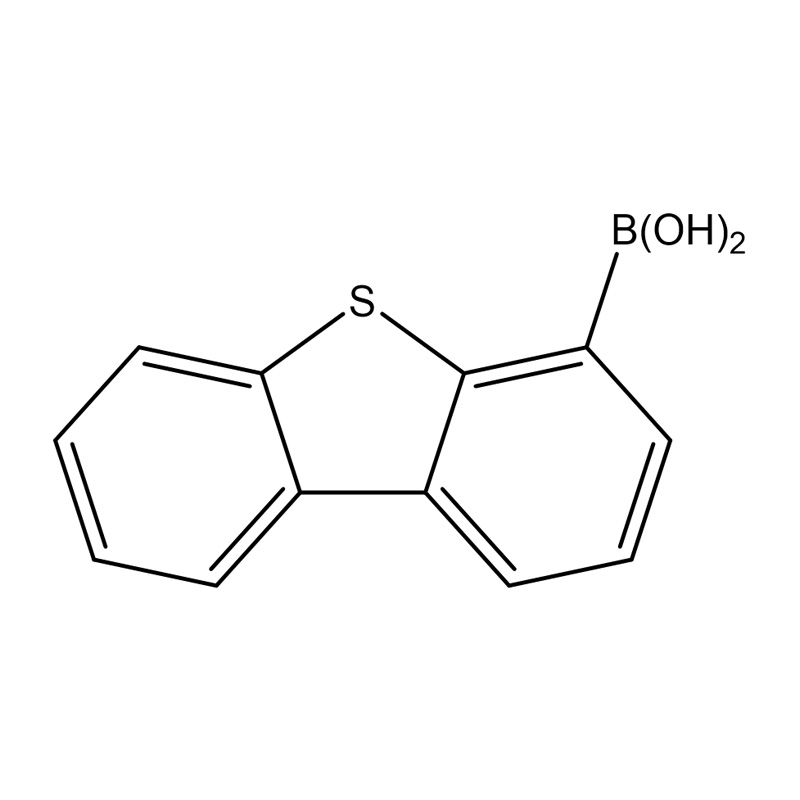What Are Polymide Derivatives and Why Are They Essential in Modern Applications?
Apr 03,2025How Are Thiophene Derivatives Used in the Pharmaceutical Industry?
Mar 25,2025How Do Thiophene Derivatives Behave Under Nucleophilic Substitution Reactions?
Mar 20,2025How do pyridine derivatives interact with biological systems?
Mar 14,2025What role do naphthalene derivatives play in agrochemicals?
Mar 07,2025Thiophene derivatives have become increasingly important in materials science and organic electronics due to their unique properties and versatility. Here are some key applications:
Organic Photovoltaics (OPVs):
Thiophene-based polymers, such as poly(3-hexylthiophene) (P3HT), are widely used as donor materials in organic solar cells. These materials offer good charge transport properties and can be tuned to absorb a broad range of the solar spectrum.
Organic Field-Effect Transistors (OFETs):
Thiophene-containing polymers and small molecules are used as semiconducting materials in OFETs. They exhibit high charge carrier mobilities, making them suitable for flexible and printed electronics.

Organic Light-Emitting Diodes (OLEDs):
Thiophene derivatives are used in the emissive layers of OLEDs, providing tunable emission colors and improved efficiency. They can also be incorporated into charge transport layers.
Sensors and Biosensors:
Thiophene-based materials are used in chemical and biological sensors due to their ability to change electrical properties upon interaction with specific analytes.
Electrochromic Devices:
Polythiophenes and their derivatives are used in electrochromic windows and displays due to their ability to change color reversibly under applied voltage.
Energy Storage:
Thiophene-based materials are investigated for use in supercapacitors and batteries, leveraging their conductivity and ability to undergo redox reactions.
Conductive Polymers:
Polythiophenes are important conductive polymers used in various applications, including antistatic coatings and electromagnetic shielding.
Thermoelectric Materials:
Some thiophene-based polymers show promising thermoelectric properties, potentially useful for waste heat recovery and cooling applications.
Memory Devices:
Thiophene derivatives are explored in organic memory devices, utilizing their ability to switch between different conductivity states.
Nonlinear Optics:
Certain thiophene-containing molecules exhibit strong nonlinear optical properties, making them interesting for applications in optical signal processing and telecommunications.
These applications leverage the key advantages of thiophene derivatives, including:
Tunable electronic properties through chemical modification
Good charge transport characteristics
Solubility in common organic solvents, enabling solution processing
Thermal and environmental stability
Ability to form ordered structures in thin films
Compatibility with flexible substrates
The field of thiophene-based materials continues to evolve, with ongoing research focused on improving performance, stability, and processability for various electronic and optoelectronic applications.
Copyright © 2023 Suzhou Fenghua New Material Technology Co., Ltd. All Rights Reserved.
Custom OLED Material Intermediate Manufacturers

